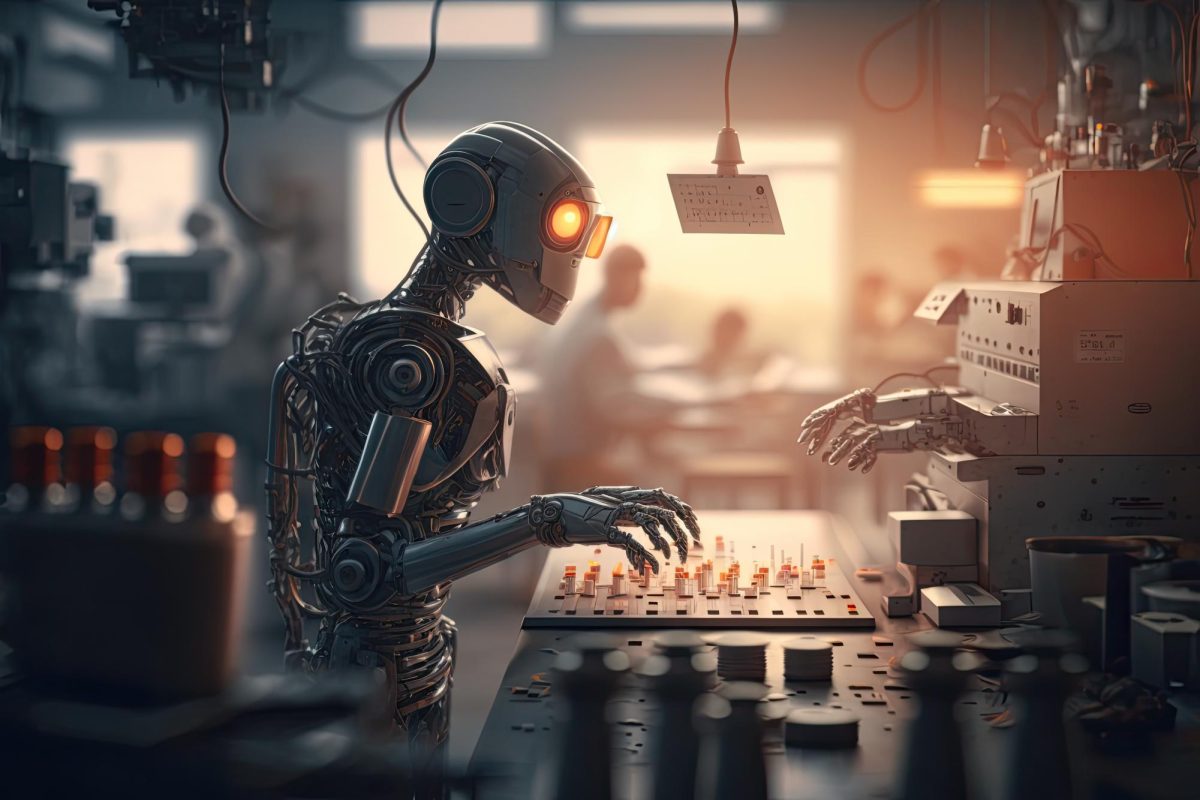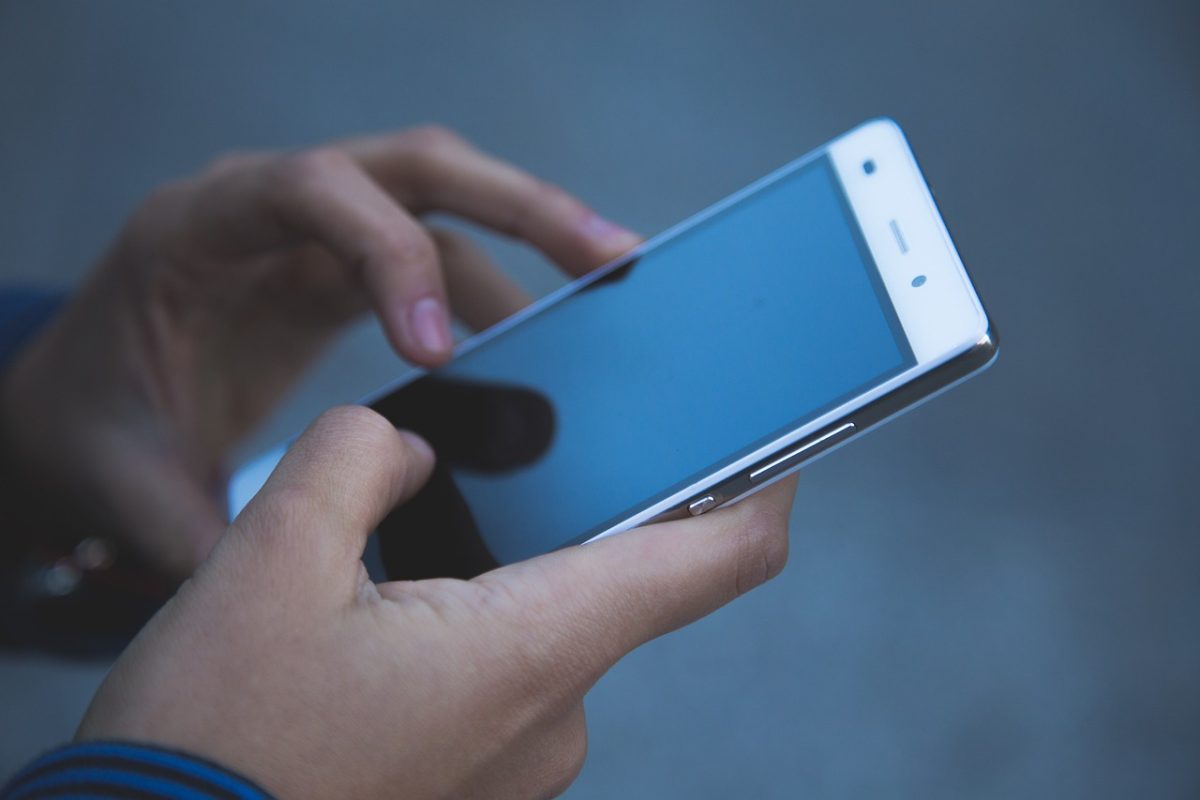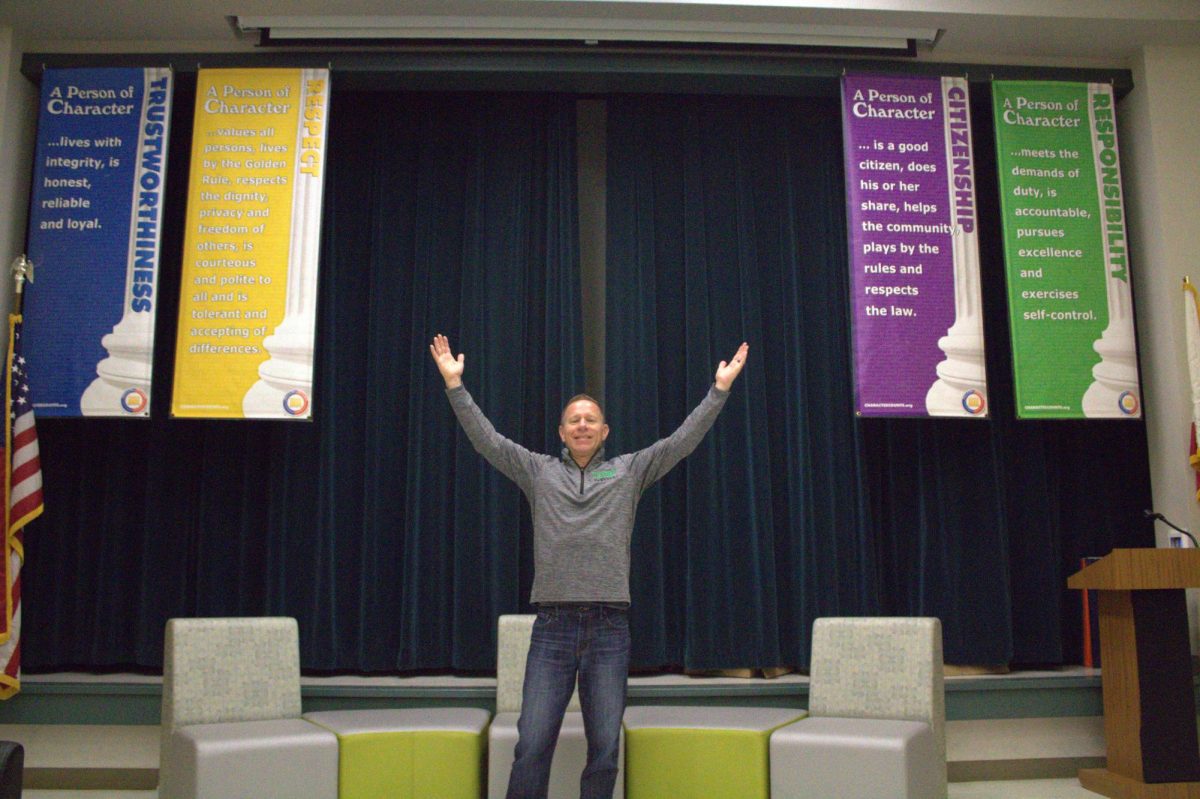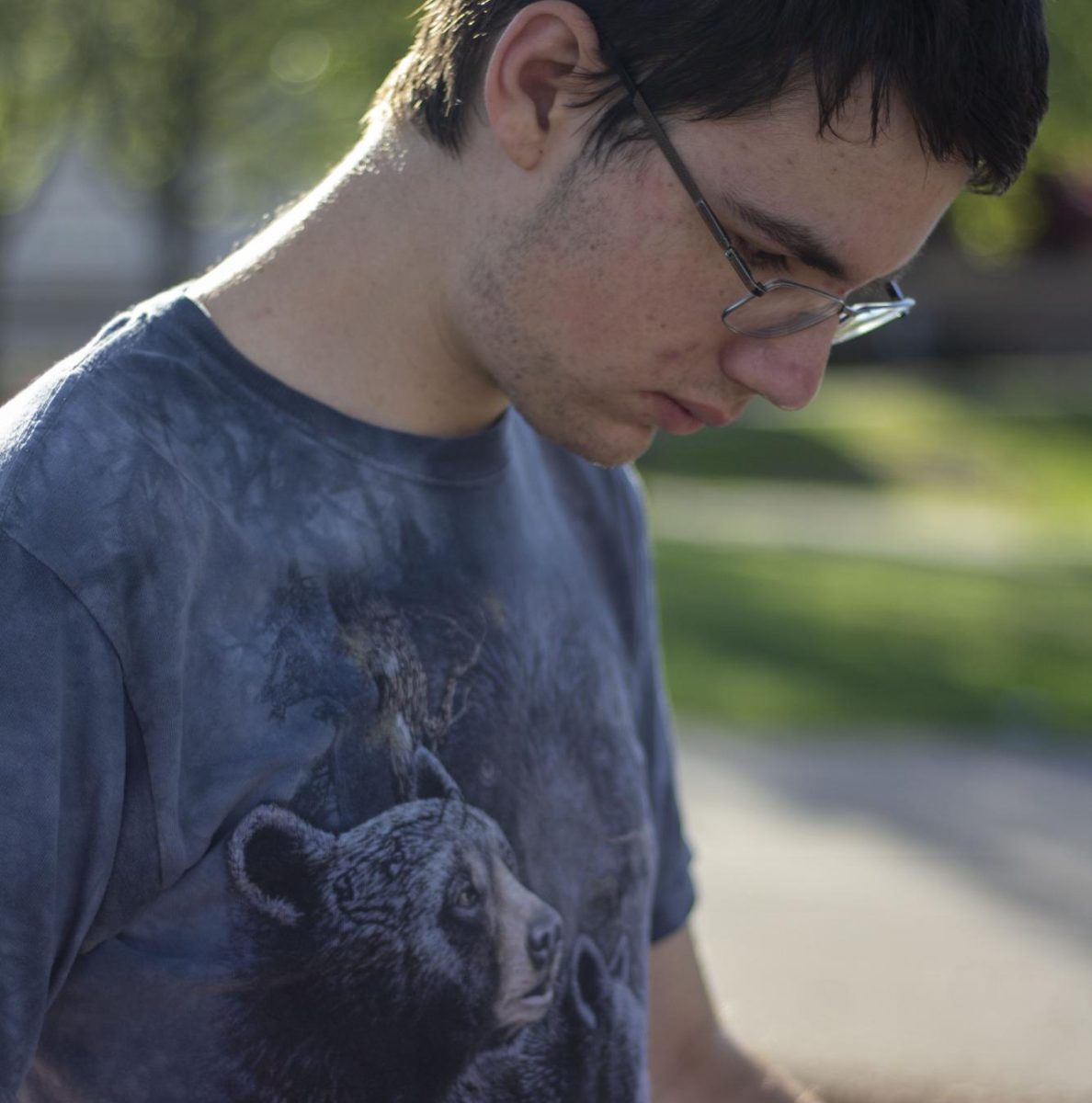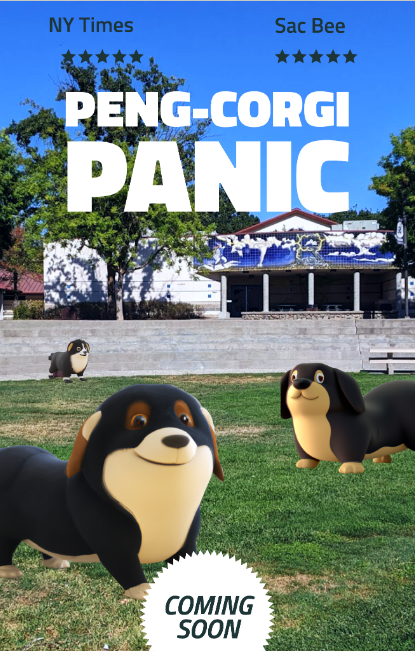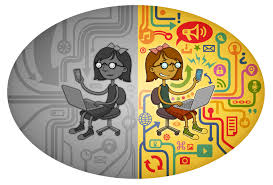To the future: YOU – it’s going to affect YOU.
This claim didn’t just come out of nowhere. The World Economic Forum’s (WEF) “The Future of Jobs Report 2020” foretells that by 2025, 85 million jobs will have been replaced by Artificial Intelligence (AI). Mr. Werner, a teacher at Rocklin High School (RHS) said that technological innovation usually causes specific jobs to be lost and other jobs to arise. WEF explains how more will be gained than lost because of the 97 million new roles that may arise. McKinsey Global Institute looks further into the future and predicts that half of today’s work activities may potentially be automated by 2035. Both of these estimates rest on the hands of various factors and economic conditions.
One of these jobs that may be replaced by AI is journalism. “Traditional journalism is on its way of being gone,” said Mr. O’Donnell, a CTE teacher at RHS. Many AI writing engines such as Chat GPT can write in less time than humans. Undetectable.AI can humanize AI-written work, breaking the boundaries between human and AI writing. Soon, these engines may only require proofreading so the author can make sure the text is accurate. The only aspect of journalism that AI may struggle with is the creative design that allures readers. “[talking about AI art] It is dry. it lacks a little bit of humanity, but I think we’re only a few years away from that being completely gone,” said Mr. O’Donnell.
I think we’re only a few years away from that being completely gone.
A human’s engagement in their creative outputs adds to the beauty of the work. This beauty is taken away when people use resources such as AI-generated art to replace the creativity of one’s own design. A photorealistic picture made by a human may impress or connect to one more than a picture that closely resembles a photo made by AI. Mr. Werner claims that Mr. O’Donnell has been able to use these AI engines to promote creativity instead of taking away from it. “Mr. O’Donnell was trying to get his students to come up with ideas to make short videos and they just couldn’t come up with stuff so he said ‘Okay, look at Chat GPT.’ You can throw in random stuff and it comes up with ideas. What it did is it gave them an initial idea.” said Mr. Werner. He added that the setup of the rest of the short videos was done by humans, but AI enabled them to get the ball rolling. If the people who are entering the workforce look solely to AI to be creative for them, the humanity in our work will be lost.
(fotor.com) – image depicts robot grading student papers (the robot represents the ai technology that may be editing student essays in the future)
AI has the potential to do repetitive work tasks more quickly. “Mr. Grace [RHS teacher] has found an AI that will grade essays,” said Mr. Werner. He pointed out that how a teacher might grade essay one compared to essay 200 is drastically different. Mr. Werner said, “The first essay was like all my effort. I give it 10 minutes and I’m really giving feedback and by the time I get to that 200th essay, I’m like ‘I’m done right? Yeah you know that looks pretty good here’s your grade.’” AI engines such as the Educational Testing Service, EssayGrader, and Smodin can grade essays in a shorter period of time, be consistent in its grading, and give good feedback. This allows for teachers to utilize their extra time for the benefit of their students’ learning. However, deliberately trusting that AI will always be correct limits possibilities as it is developed by mistake-making humans. Because of this, Mr. Werner said that the teachers still need to engage so the learning process to be effective.



